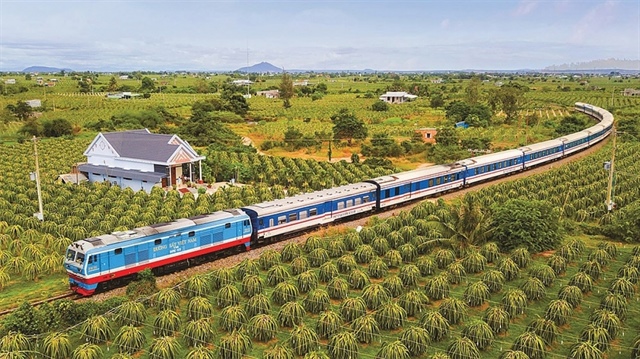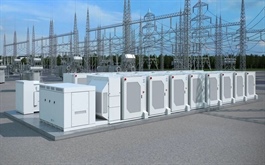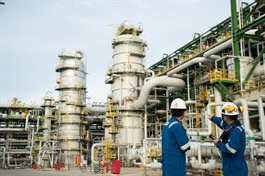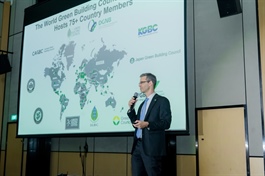Gradual headway marked in Vietnam’s railway industry
Gradual headway marked in Vietnam’s railway industry
The country’s railway transport industry has gained some optimistic results this year after reform, although lack of development space and outdated infrastructure still hinder full progress.

Financial targets have been met in the year since Vietnam witnessed a major railway merger, photo Le Toan |
Vietnam Railway Transport JSC (Traravico), formed last year following the merger of Hanoi and Ho Chi Minh City’s railway transport companies, has reported consolidated revenue of over $108 million in the first half of 2025, up 7 per cent compared to the same period last year.
Nguyen Chinh Nam, deputy general director of Vietnam Railways (VNR), the controlling shareholder in Traravico, told VIR, “Despite only merging a short time ago, performance is meeting our expectations. The positive result in the first half of this year reflects the effectiveness of a series of innovative and synchronous solutions, such as the operation of passenger trains associated with experiential tourism.”
Traravico’s performance contributed to VNR’s impressive business results during the period. VNR’s total revenue reached more than $216 million, up 8.7 per cent on-year.
The company targets total transportation revenue of $88.8 million in the last six months of 2025, equal to 108 per cent compared to the same period in 2024, thus increasing the full-year transportation revenue to $189 million, up 8.6 per cent from last year.
To achieve the goal, the company will improve service quality by putting into use high-quality carriages on effectively operating lines between Vietnam’s three biggest cities, as well as routes like Dalat to Trai Mat. In addition, the company plans to operate a new tourist train on the Hanoi-Bac Ninh route from this month.
In terms of freight transport, VNR continues to maintain stable traditional routes for apatite, fertilisers, chemicals, and construction materials, while looking for new sources of goods, especially containers, agricultural products, and electronics.
Traravico is focusing on operating the container transport route from Nanning in China to the southern provinces of Vietnam. It will also renovate and upgrade 160 passenger carriages for the Hanoi-Ho Ch Minh City route, and build 50 new specialised container trains, contributing to modernising the vehicle fleet and improving the capacity of cargo transport.
In June, Vietnam passed the amended Law on Railway, opening up a more flexible legal space for private investment and the application of policies that the National Assembly had previously allowed for large-scale infrastructure projects.
According to industry watchers, local railway transport is still facing challenges that will require long-term solutions in order to ensure future growth.
“The railway industry is still operating in traditional and out-of-date infrastructure, making this among the biggest barriers, amid narrowing development room. Although some upgrades and innovations have been carried out, they are not enough,” said expert Net Le. “Vietnam should learn other regional countries to find new driving factors for the industry. Until we have new breakthrough factors and strong funding, we will not see too many changes.”
In Southeast Asia, Indonesia is believed to boast the fastest, most modern trains in the region, bringing attractive and interesting experiences to passengers.
Meanwhile, Thailand is implementing the construction of its first high-speed train line. It is also expected to complete its first high-speed rail network linking to China, via Laos, by 2030, an undertaking seen as key to boosting bilateral ties and trade between the two countries.
Elsewhere, the Philippines is building new railway lines, while Malaysia is building a high-speed train with support from China.
In Vietnam, Prime Minister Pham Minh Chinh has pushed for its own high-speed rail project to start by the end of 2026. Last November, lawmakers approved the initiative, allocating approximately $67 billion for its development. The 1,540-km route will connect Hanoi to Ho Chi Minh City, spanning 20 regions.
- 11:55 22/08/2025























